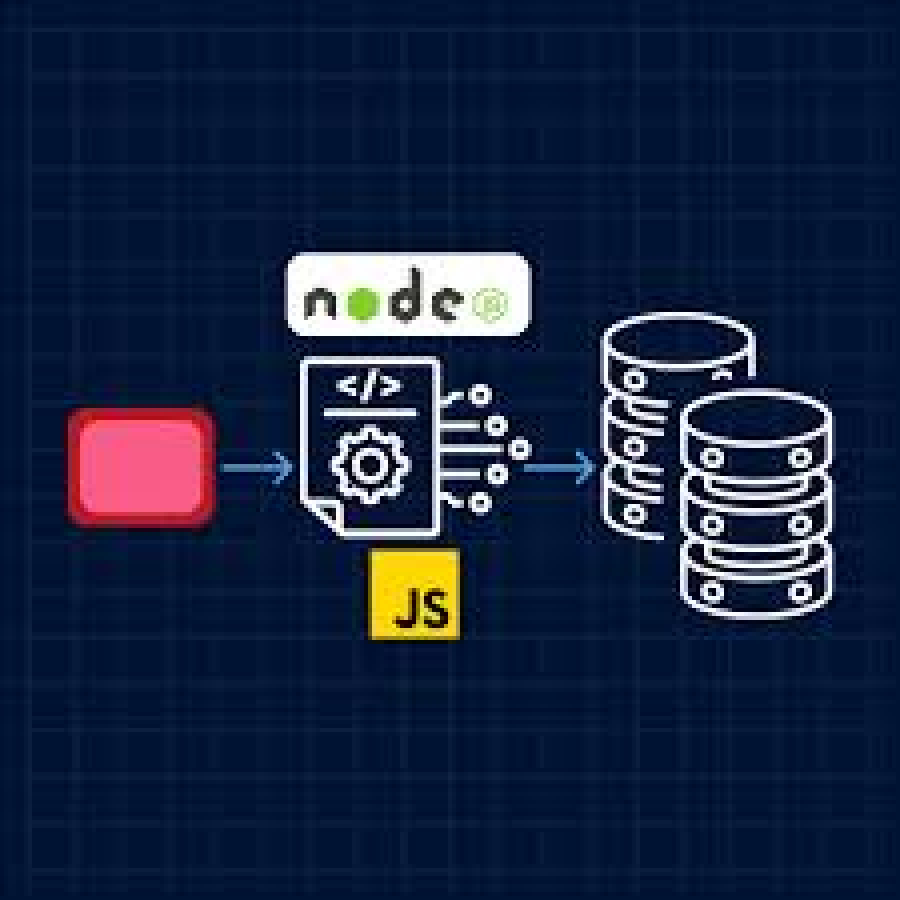How to Set Up an API Gateway for Microservices
In the evolving landscape of software architecture, microservices have emerged as a preferred approach for building scalable and maintainable applications. At freelancerbridge, we recognize the significance of effectively managing communication between these microservices and client applications. Implementing an API Gateway serves as a centralized entry point, streamlining interactions and enhancing security. This article explores the process of setting up an API Gateway for microservices, outlines its benefits, and presents best practices to optimize its implementation.
Introduction
Microservices architecture decomposes an application into a collection of loosely coupled services, each responsible for specific business functionalities. While this modularity offers numerous advantages, it also introduces complexities in managing client-service interactions. An API Gateway addresses these challenges by acting as an intermediary that handles request routing, composition, and protocol translation, thereby simplifying communication between clients and microservices.
Understanding the Role of an API Gateway
An API Gateway functions as a reverse proxy that receives client requests and directs them to the appropriate microservices. It consolidates multiple service endpoints into a single entry point, offering several key benefits:
IMESH
Simplified Client Communication: Clients interact with one unified endpoint, abstracting the complexity of multiple microservices.
Enhanced Security: The gateway can enforce authentication and authorization policies, ensuring secure access to services.
Load Balancing and Traffic Management: Distributes incoming requests across multiple service instances to optimize resource utilization and maintain performance.
microservices.io
+2
Medium
+2
+2
Protocol Translation: Handles differences in communication protocols between clients and services, facilitating seamless integration.
Request Aggregation: Combines responses from multiple services into a single response, reducing the number of client-server interactions.
By centralizing these functions, an API Gateway enhances the efficiency and security of microservices-based applications.
Practical DevSecOps
Steps to Set Up an API Gateway for Microservices
Implementing an API Gateway involves several critical steps:
Select an Appropriate API Gateway Solution
Choose an API Gateway that aligns with your application's requirements. Options range from cloud-based services like AWS API Gateway and Azure API Management to open-source solutions such as Kong, NGINX, and Ocelot. Consider factors like scalability, ease of integration, and support for necessary features.
Configure Routing and Load Balancing
Define routing rules to direct client requests to the corresponding microservices. Implement load balancing strategies to evenly distribute traffic, preventing any single service from becoming a bottleneck.
Implement Security Measures
Enforce authentication and authorization protocols to control access to your services. Utilize modern authentication methods and encrypt sensitive data to protect against unauthorized access and data breaches.
Set Up Rate Limiting and Throttling
Define policies to limit the number of requests a client can make within a specific timeframe. This prevents abuse and ensures fair usage of resources.
Enable Logging and Monitoring
Implement comprehensive logging and monitoring to track API usage, detect anomalies, and facilitate troubleshooting. Tools like Prometheus and Grafana can provide insights into performance metrics and system health.
Integrate with Service Discovery Mechanisms
Configure the API Gateway to work with your service discovery system, allowing it to dynamically route requests to available service instances. This ensures resilience and adaptability in dynamic environments.
Best Practices for API Gateway Implementation
To maximize the effectiveness of your API Gateway, consider the following best practices:
Avoid Monolithic Gateways
Design the API Gateway to be modular and scalable, preventing it from becoming a single point of failure or a performance bottleneck. Consider using multiple gateways for different client types or business domains.
Centralize Authentication and Authorization
By managing authentication and authorization at the gateway level, you simplify security management and reduce the likelihood of unauthorized access.
Optimize for Performance
Implement caching strategies to reduce latency and improve response times. Compress responses and minimize payload sizes to enhance data transfer efficiency.
Ensure High Availability
Deploy the API Gateway in a highly available configuration, utilizing redundancy and failover mechanisms to maintain service continuity during outages.
Regularly Update and Patch
Keep the API Gateway software up to date with the latest security patches and feature enhancements to protect against vulnerabilities and improve functionality.
Conclusion
Implementing an API Gateway is a strategic approach to managing communication in a microservices architecture. It streamlines client interactions, enhances security, and provides a suite of features that contribute to the robustness and scalability of applications. By carefully selecting and configuring an API Gateway, and adhering to best practices, organizations can effectively harness the benefits of microservices while mitigating associated complexities.


 by Emily
by Emily




